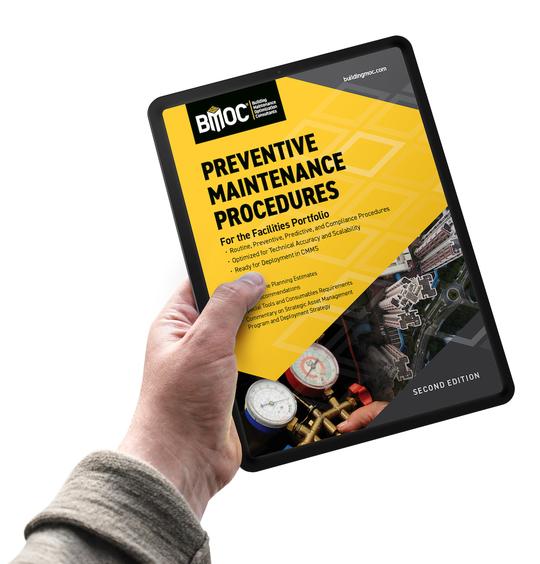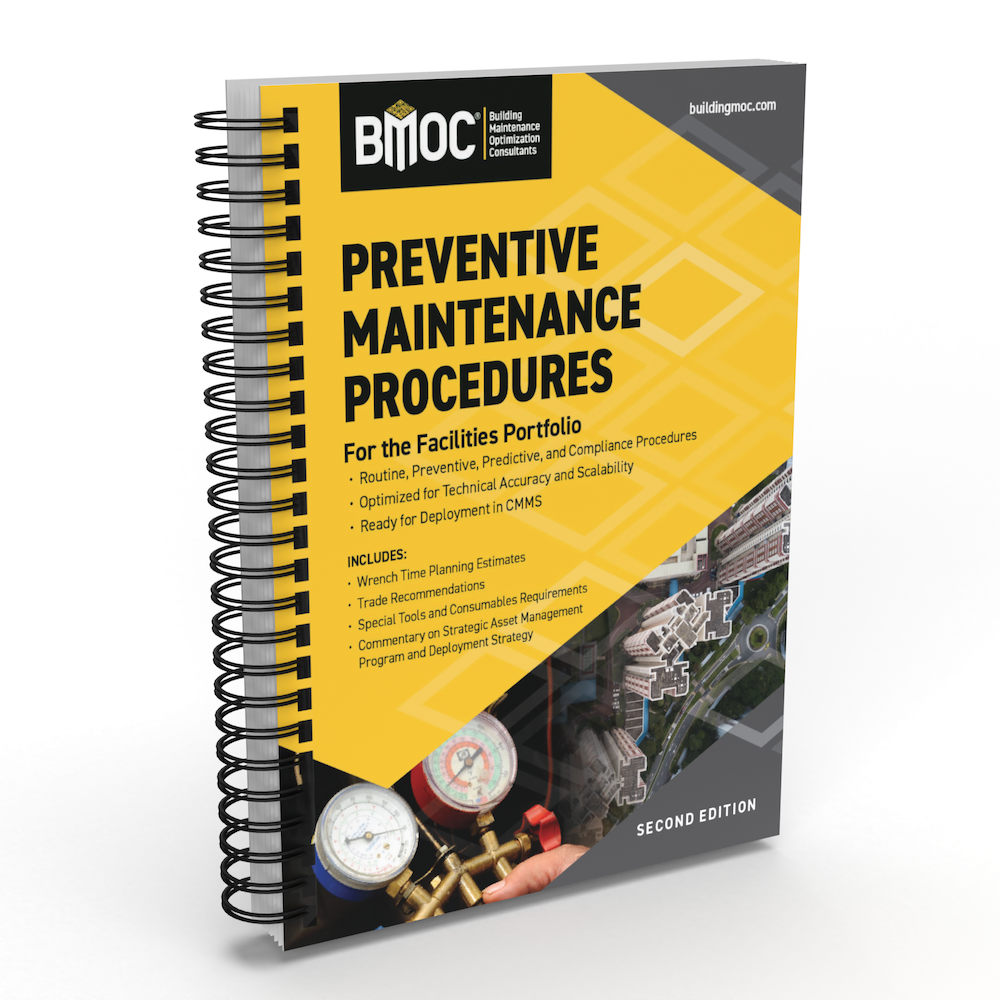
Park
Plaza Condominiums, a nine-level mixed-use property in Pittsburgh,
achieved electrifying results after retrofitting more than 120
submeters over a 35-day period.
Located a few blocks from Pittsburgh’s Carnegie-Mellon University, Park Plaza Condominiums, a nine-level mixed-use property, is home to more than 100 resident owners and various commercial offices, including Park Plaza Condominium Associates, the building owner.
Pressured by rising costs, the property manager - Arnheim & Neely - was faced with either raising monthly fees to offset the property’s $20,000 per month electric bill or finding a way to allocate and bill each owner’s electrical usage in order to recover a significant percentage of the facility’s operational overhead. Seeking to work with the owners, some of whom had been in the building up to 30 years, Park Plaza Condominium Associates chose the latter option.
Submetering Solution
A&N estimated that running additional power company metering to each of the building’s more than 120 units would be five or six times costlier than simply submetering each apartment, including all residential units, to isolate each owner’s electrical usage (kWh) behind the main utility meter.Submetering turned out to be the ideal solution for this application and a great way to avoid the inherent unfairness of traditional ratio-based fees commonly used in the industry. Based on a simple cost-per-square-foot formula, ratio-based structures favor high-consumption users by unfairly saddling low-use consumers with shared costs beyond their control or ability to manage. Submeters prevent such inequities and eliminate disputes by providing proof of actual energy usage.
At this point, the electrical contracting firm, Scalise Industries of Lawrence, PA, was called in. As service manager of the electrical division, Phil Reiss was given the job of managing the project, finding a vendor, and supervising the submetering installation. Based on prior experience with the popular E-Mon D-Mon submeters, Reiss worked out the details with his local distributor, Tony Rinehart of Scott Electric, and the local E-Mon rep, Jack Group. When asked why he specified E-Mon over some other submetering vendor, Reiss stated that “E-mon has the best equipment from our experience.”
Once the job got underway, the team of manufacturer’s rep, distributor, and project manager functioned like a well-oiled machine. “Scott Electric didn’t have an order that size in stock,” Reiss explained. “However, the factory got us all the equipment in a very timely fashion.”
Installation Challenges
Submetering the twelve commercial spaces on the ground floor proved less challenging than metering the residential floors above. “The entire building had finished drywall ceilings with limited access for cabling,” said project manager Reiss, who explained that the 200A split-core current sensors were installed in an existing junction box in the hallway just outside each apartment.“We were able to pull cables from all the current sensors down to the MMUs. All the new cabling came through the corridors, then down the electrical riser closet to the basement.” The hinged construction of the low-voltage (0 to 2V) output split-core current sensors allowed the electricians to install them non-invasively around the electrical feeds being monitored, thus eliminating the need to shut down the load and resulting in a safer, faster install.
In the basement, an Ethernet cable was run a few feet from the MMUs to the building’s engineering office where a desktop PC running E-Mon EnergyTM software is used to analyze the meter data and output monthly owner billing statements.
Energy Cost Savings
Begun March 12, 2008, the entire project took only 35 working days for Scalise foreman Pat Kelly, who did the layout and most of the installations, assisted by Mike Petrosky. Since it went operational, Arnheim & Neely calculates that the system’s $113,000 installed cost paid for itself in only seven months - based on $16,000 per month in electrical costs that were recovered as a direct result of submetering the property. Park Plaza has no need to expand its existing system right now, but should the owners decide to factor common-area electrical usage - another $4,000 per month -into the mix, it would be an easy matter to retrofit additional meters to recover those costs as well.“The property manager is very satisfied with the entire system,” said Reiss, “especially how the software can collect all the data and produce a monthly statement to send to the building’s residents.”
For their part, the resident owners ought to be thrilled as well. Thanks to the property manager’s appreciation of Park Plaza’s valued residents, a system was installed that forestalled the necessity of raising monthly maintenance costs by providing a means to fairly and accurately assess individual electrical usage. Allocating actual costs to the using parties allowed these farsighted property owners to “kill two birds with one stone” by improving the facility bottom line while also increasing owner satisfaction through more fair and equitable billing practices.ES




